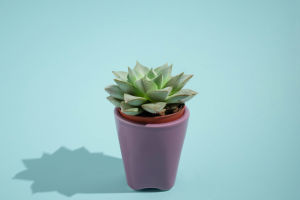Lykkers, dive into the delicate world of Scorpion Grasses, the understated flowers that add subtle charm and color to any garden while quietly symbolizing remembrance and enduring love.
Known for their tiny, intricate blossoms in shades of soft blue, Scorpion Grasses (often referred to as Myosotis or forget-me-nots) are adored by gardeners and wildflower enthusiasts alike.
With minimal care and a bit of attention to detail, these charming flowers can thrive in various settings, adding splashes of gentle color to gardens, borders, and even containers.
What Makes Scorpion Grasses Special?
Scorpion Grasses earned their name from the distinctive way their flower clusters curl, resembling a scorpion’s tail. They’re beloved for more than just their appearance: they carry cultural significance, often symbolizing loyalty, remembrance, and the importance of cherishing connections. They bloom in early spring to summer, often creating a sweeping sea of blue across meadows and garden beds.
Growing Conditions: The Right Environment
Scorpion Grasses are naturally adaptable and do well in areas with partial shade, making them perfect for woodland gardens or shaded borders. They prefer cool, moist environments, and while they can tolerate some sun, too much can cause wilting. Plant them in soil that retains moisture but drains well; a loamy, rich soil will help them flourish.
Planting and Care Tips
Planting Scorpion Grasses is simple, as they grow readily from seed. For best results, sow seeds in the fall, allowing them to naturally settle over the winter. By spring, you’ll see the first hints of green as they start to germinate. These flowers are self-seeding, so once established, they’ll continue to reappear with minimal effort. Just give them a light trim after blooming to encourage regrowth and prevent them from spreading too widely if space is limited.
Forget me not plant -grow & care (Scorpion grasses flower)
Video by Grow Plants
Watering and Feeding
While Scorpion Grasses aren’t particularly thirsty, they do appreciate consistent moisture, especially in warmer weather. Water them at the base, keeping the leaves dry to avoid mildew. They don’t require much feeding; a light application of balanced fertilizer in the spring should be enough to keep them blooming vibrantly throughout the season.
Companion Planting for Added Beauty
Scorpion Grasses pair beautifully with other shade-loving plants like ferns, hostas, and violets, enhancing the lush, natural feel of a shaded garden. They also look stunning alongside spring bulbs, like daffodils and tulips, adding an extra layer of texture and color. Their subtle charm is especially effective in wildflower or cottage garden settings, where they contribute a natural, unstructured beauty.
Scorpion Grasses are a beautiful, low-maintenance addition to any garden, bringing both charm and sentiment to your space. Their easy-growing nature and unique cultural significance make them ideal for gardeners seeking a meaningful, resilient flower.
Whether in borders, beds, or even containers, these delicate blooms can add a touch of quiet beauty and heartfelt sentiment to any outdoor area.


